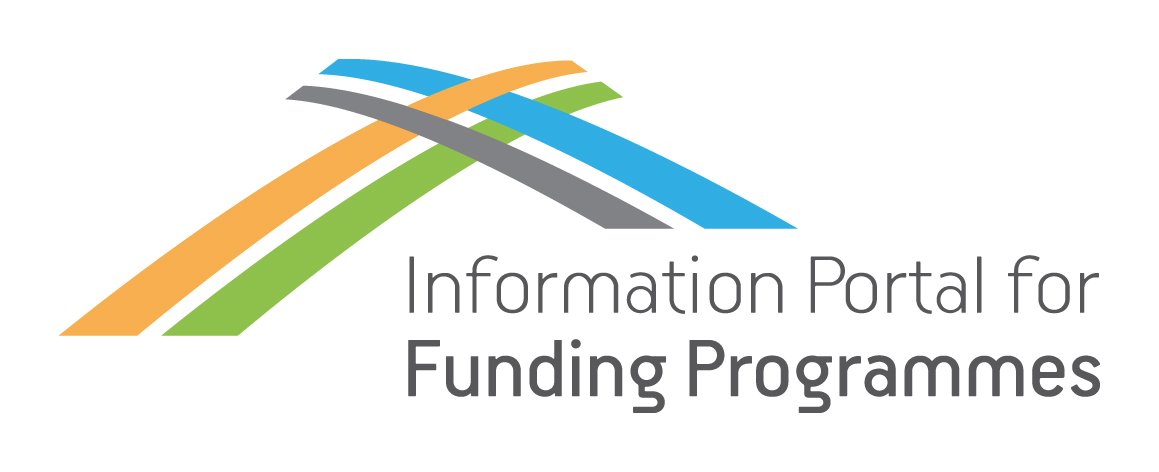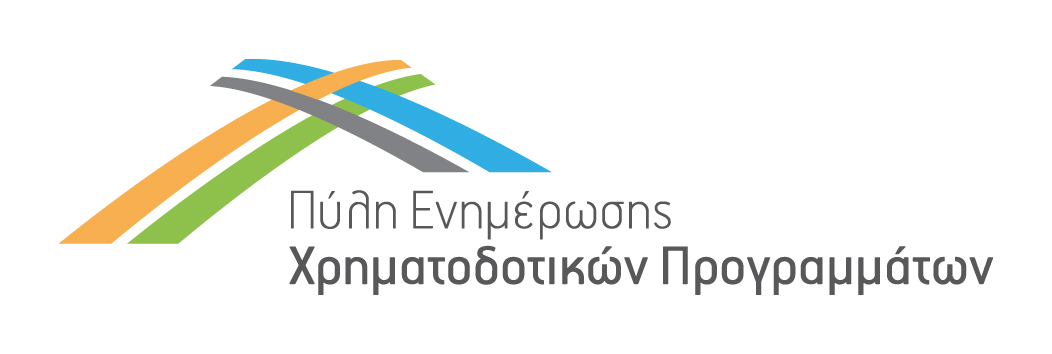Safe Human-Technology Interaction (HTI) in the vehicle systems of the coming decade – Societal Readiness Pilot
Programme Category
Programme Name
Programme Description
Horizon Europe is the European Union (EU) funding programme for the period 2021 – 2027, which targets the sectors of research and innovation. The programme’s budget is around € 95.5 billion, of which € 5.4 billion is from NextGenerationEU to stimulate recovery and strengthen the EU’s resilience in the future, and € 4.5 billion is additional aid.
Identifier Code
Call
Summary
The increasing automation of road transport poses new challenges, especially at lower levels of automation (level 3 and below), when control of driving is transferred from the driver to the vehicle or vice versa.
For these levels, it is important to ensure the right level of driver alertness in relation to the environment and the level of automation in order to avoid dangerous situations due to cognitive distraction.
Detailed Call Description
In addition, systems based on HTI are generally built on a non-stationary and non-deterministic foundation – human behaviour. Therefore, the concept of individually “adaptive” systems has to be followed and elaborated in all its particular aspects, as the consideration of “average” human behaviour is not sufficient.
This has large implications on the design of HTI systems.
Such systems should provide a reliable and seamless interface between the driver and the vehicle in normal driving conditions as well as in specific situations with a risk of generating high cognitive load, diverted attention, inattention, impaired driving, or in the case of instantaneous limitations in driving capabilities.
As drivers and their experience, as well as driving conditions, may vary a lot, HTI systems will need to address a wide variety of use cases in order to ensure a relevant Operational Design Domain (ODD). Therefore, in-cabin monitoring systems with adequate accuracy are key to have a clear understanding of the driver state, while considering all contextual in/out cabin data, so that the vehicle can propose a pertinent and tailored strategy to prompt the required driver action or behaviour.
Advances in in-cabin monitoring and multi-modal sensing technologies, as well as robust detection/prediction of driver cognitive status adapted to the situation awareness, are necessary to achieve these objectives. The same applies to the need to link interior with exterior sensing capabilities.
In addition, it is necessary to enhance drivers’ understanding of the assisted and automated driving system and to avoid mode confusion. In this aspect, the implications of automation on driver training and driver’s licence requirements should be investigated. However, training methods for experienced drivers should also address the evolving technologies. This could include innovative training methods that prepare drivers for various mode transitions and safety critical scenarios like the development of virtual and mixed reality training approaches. The automation status and the limits of the system should be clearly communicated via the HTI to prevent mode confusion, enhance trust, and avoid unnecessary deactivation of the assistance or automation systems.
Special attention should be dedicated to the “hand-over” and “take-over” phases. Hand-over/take-over requests should be done considering the context (e.g. information from other vehicles or infrastructure) and the state of the driver in a way to minimise cognitive stress related to hand-over and take-over. In this context, it is important to investigate standardised requirements for the human-machine interface (including in case of system failure), including their assessment.
In this respect, the proposals should focus on developing strategies to prevent driver disengagement and minimise cognitive load during critical situations. Additionally, behavioural models and methodologies should be created to identify activities or behaviours that the vehicle’s human-machine interface (HMI) should avoid or block (such as entertainment systems that may distract the driver from driving tasks). These strategies should be scalable based on the sophistication of the vehicle’s sensing capabilities.
Moreover, proposals should address use cases involving specific populations, such as elderly drivers with decreased sensing abilities and higher sensitivity to cognitive load, young and inexperienced drivers, and professional drivers performing multiple tasks simultaneously. For these groups, a key question is how to meet their unique needs and how to balance tailored (or personalised) vs. standardised approaches for the best results. When considering these groups, proposals are expected to consider the gender dimension.
Also, trust is mandatory for the acceptability of these systems: precision, reliability, and transparency need to be ensured. In particular, the vehicle response to a given situation as well as the level of information to be conveyed needs to be coherent and logical. Relevant research areas to achieve this objective will be the definition of multi-modal and multi-sensorial vehicle warning and response strategies for the safe management of critical phases considering user responsiveness and the severity of scenarios.
HTI systems should be upgradable both in software and in hardware with minimal disruption for the users, while ensuring that the intended effect and functionality is improved or at least maintained. A cross-fertilisation opportunity would be to investigate how other transport modes (e.g. aviation) handle upgrades/updates with minimal disruption for the user.
This topic is a Societal-Readiness pilot:
- Proposals should follow the instructions applying to the Societal readiness pilot, as described in the introduction of the Horizon Europe Main Work Programme 2025 for Climate, Energy and Mobility. They entail the use of an interdisciplinary approach to deepening consideration and responsiveness of research and innovation activities to societal needs and concerns.
- This topic requires effective contribution of the relevant social sciences and humanities (SSH) expertise, including the involvement of SSH experts in the consortium, to meaningfully support Societal Readiness. Specifically, SSH expertise is expected to facilitate the socio-technological interface and enable the design of project objectives with Societal Readiness related activities.
Further research and data collection is needed to ensure a better understanding of synergies between driver and assistance systems, to evaluate their performances in different contexts and user scenarios. This will enable appropriate adaptive and “self-learning” strategies to be tailored to the individual driver abilities and preferences.
In consideration of the above, proposals should address all the aforementioned aspects and issues in order to achieve the expected outcomes.
Call Total Budget
Financing percentage by EU or other bodies / Level of Subsidy or Loan
70%
Expected EU contribution per project: €4.00 million
Thematic Categories
- Education and training
- Health
- Information and Communication Technologies
- Information Technology
- Research, Technological Development and Innovation
- Social Affairs & Human Rights
- Transport
Eligibility for Participation
- Associations
- Businesses
- Central Government
- Consumer Organisations
- Educational Institutions
- Employees
- Employers
- Legal Entities
- Natual person / Citizen / Individual
- NGOs
- Non Profit Organisations
- Other Beneficiaries
- Private Bodies
- Researchers/Research Centers/Institutions
- Semi-governmental organisations
- Small and Medium Enterprises (SMEs)
- State-owned Enterprises
- Training Centres
- Youth
Eligibility For Participation Notes
The following exceptions apply: subject to restrictions for the protection of European communication networks.
A number of non-EU/non-Associated Countries that are not automatically eligible for funding have made specific provisions for making funding available for their participants in Horizon Europe projects.
Call Opening Date
Call Closing Date
National Contact Point(s)
Research and Innovation Foundation
Address: 29a Andrea Michalakopoulou, 1075 Nicosia, P.B. 23422, 1683 Nicosia
Telephone: +357 22205000
Fax: +357 22205001
Email: support@research.org.cy
Website: https://www.research.org.cy/en/
Persons to Contact:
Mr. Christakis Theocharous
Scientific Officer A’
Email: ctheocharous@research.org.cy
Mr. George Christou
Scientific Officer
Email: gchristou@research.org.cy




